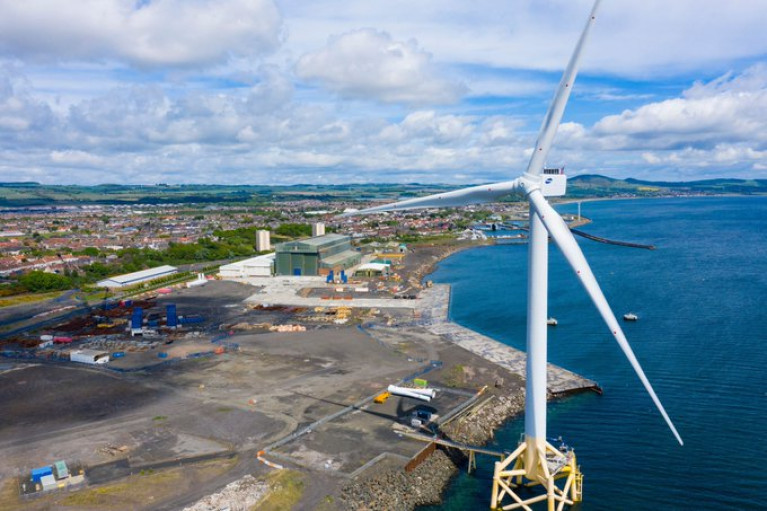Shipyard owners of Harland & Wolff, InfraStrata has reported "steady progress" in the first months of its financial year.
In a Q1 trading update, the business said it has booked about £6.5m in the eight months to 31 March 2021, with further growth expected this year.
Its cruise and ferry market has broken even after larger contract wins were established.
InfraStrata acquired the assets of the Harland & Wolff shipyard in Belfast from administrators in 2019.
It then further invested in the business by acquiring the Appledore shipyard in North Devon.
Insider has more here on this story.
Afloat adds that InfraStrata in recent weeks acquired the assets of Scottish based Burntisland Fabrication Ltd from the administrators.
These facilities will trade under Harland & Wolff brand and represent the final fabrication piece of its UK footprint.
This will position the company to fully deliver on its existing strategy quicker than it would have done with only its two existing sites: Harland & Wolff (Belfast) and Harland & Wolff (Appledore).


























































